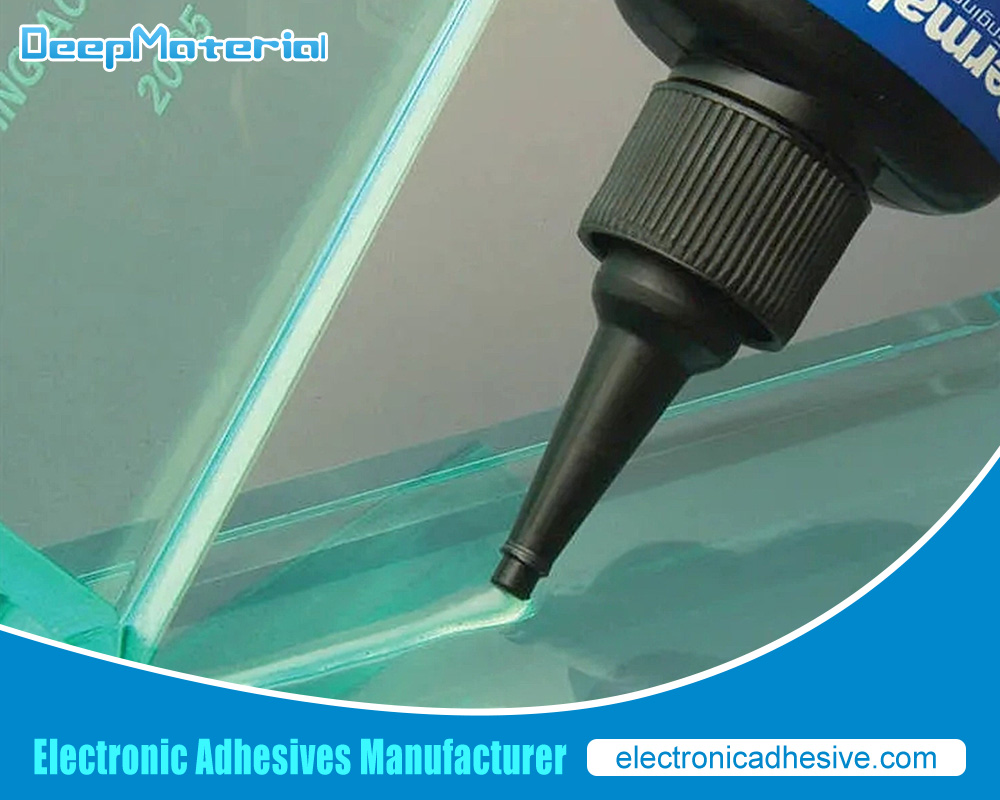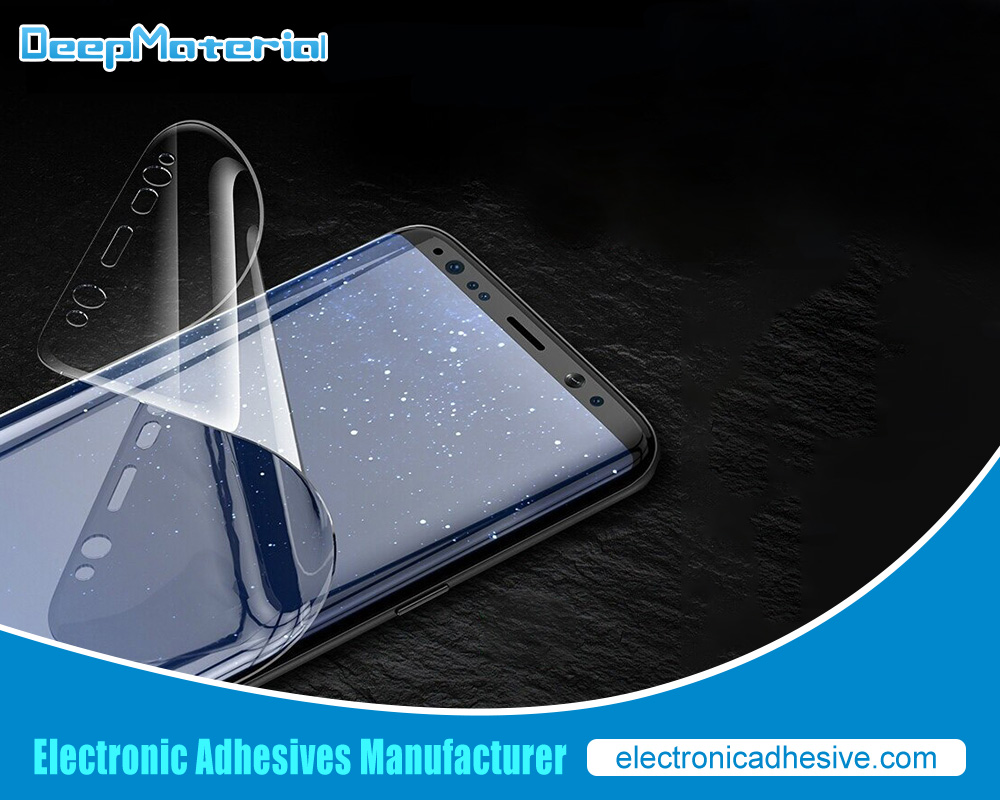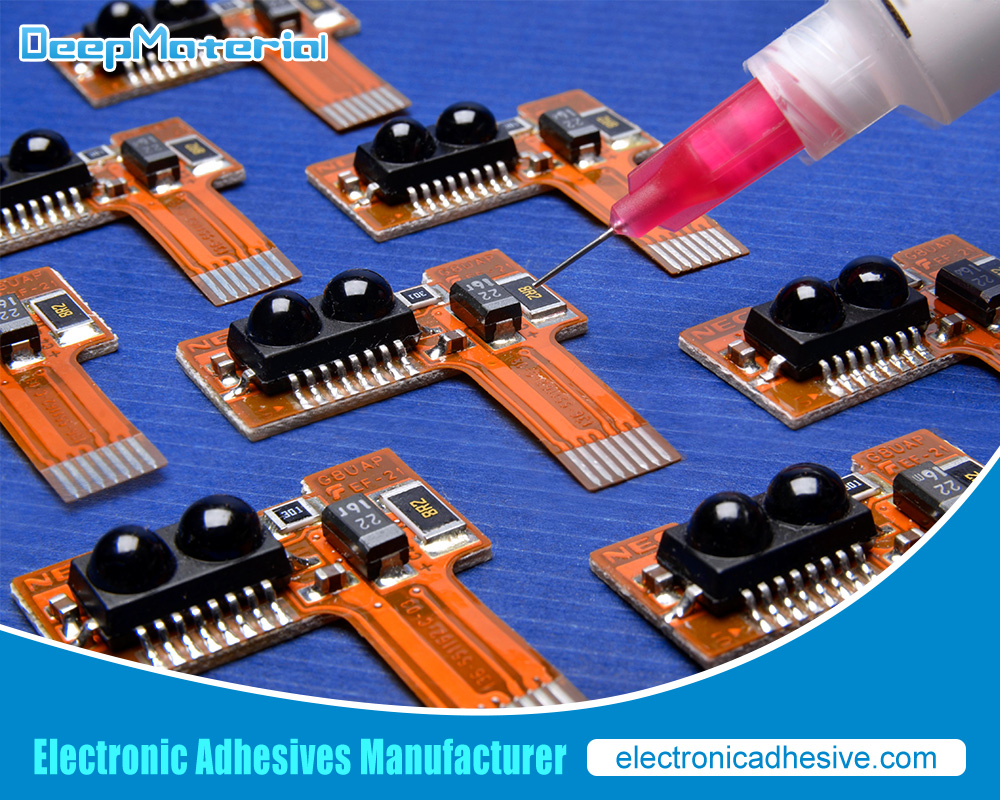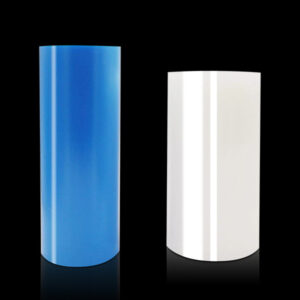The Role of Electronic Assembly Adhesive in PCB Assembly
The Role of Electronic Assembly Adhesive in PCB Assembly
Electronic assembly adhesive is a crucial component in printed circuit board (PCB) assembly. It is used to bond components to the PCB, ensuring that they remain securely in place during operation. Without electronic assembly adhesive, the components on a PCB would be prone to movement and vibration, which could lead to malfunction or failure. In this article, we will explore the importance of electronic assembly adhesive in PCB assembly, the different types of adhesive available, and best practices for application and quality control.

Introduction to Electronic Assembly Adhesive
Electronic assembly adhesive is a type of adhesive that is specifically designed for use in electronic applications. It is used to bond components to the PCB, as well as to bond the PCB itself to other materials. Electronic assembly adhesive is typically a two-part system that consists of a resin and a hardener. When these two components are mixed together, they undergo a chemical reaction that causes them to harden and form a strong bond.
There are several different types of electronic assembly adhesive available, including epoxy, silicone, and acrylic adhesives. Each type has its own unique properties and advantages, which we will explore in more detail later in this article.
The Relationship Between Electronic Assembly Adhesive and PCB Assembly
Electronic assembly adhesive plays a critical role in PCB assembly. It is used to bond components to the PCB, ensuring that they remain securely in place during operation. This is particularly important for components that are subject to vibration or movement, such as those found in automotive or aerospace applications.
In addition to bonding components to the PCB, electronic assembly adhesive is also used to bond the PCB itself to other materials. For example, it may be used to bond a PCB to a metal chassis or housing. This helps to ensure that the PCB remains securely in place and does not move around during operation.
Types of Electronic Assembly Adhesive Used in PCB Assembly
There are several different types of electronic assembly adhesive available for use in PCB assembly. Each type has its own unique properties and advantages.
Epoxy adhesives are one of the most commonly used types of electronic assembly adhesive. They are known for their high strength and durability, as well as their ability to bond a wide range of materials. Epoxy adhesives are also resistant to chemicals and temperature extremes.
Silicone adhesives are another popular choice for electronic assembly. They are known for their flexibility and ability to withstand high temperatures. Silicone adhesives are also resistant to moisture and chemicals.
Acrylic adhesives are a third type of electronic assembly adhesive that is commonly used in PCB assembly. They are known for their fast cure times and ability to bond a wide range of materials. Acrylic adhesives are also resistant to UV light and temperature extremes.
Factors to Consider When Choosing Electronic Assembly Adhesive for PCB Assembly
When choosing an electronic assembly adhesive for use in PCB assembly, there are several factors that must be taken into consideration.
Environmental factors such as temperature, humidity, and exposure to chemicals must be considered when selecting an adhesive. The adhesive must be able to withstand these conditions without degrading or losing its bonding strength.
Compatibility with other materials is another important factor to consider when selecting an electronic assembly adhesive. The adhesive must be able to bond with all of the materials that it will come into contact with during the manufacturing process.
Performance requirements such as strength, flexibility, and durability must also be taken into consideration when selecting an electronic assembly adhesive. The adhesive must be able to meet these requirements in order for the finished product to function properly.
Benefits of Using Electronic Assembly Adhesive in PCB Assembly
There are several benefits associated with using electronic assembly adhesive in PCB assembly.
Improved reliability is one of the primary benefits of using electronic assembly adhesive. By securely bonding components to the PCB, the risk of malfunction or failure due to movement or vibration is greatly reduced.
Enhanced performance is another benefit of using electronic assembly adhesive. By ensuring that components remain securely in place during operation, the overall performance of the finished product can be improved.
Increased durability is yet another benefit of using electronic assembly adhesive. By providing a strong bond between components and the PCB, the finished product can withstand more wear and tear over time.
Common Challenges Faced When Using Electronic Assembly Adhesive in PCB Assembly
While there are many benefits associated with using electronic assembly adhesive in PCB assembly, there are also some common challenges that must be addressed.
Adhesive selection can be a challenge, as there are many different types of electronic assembly adhesive available. It is important to select an adhesive that is compatible with all of the materials that it will come into contact with during the manufacturing process.
Application process can also be a challenge when using electronic assembly adhesive in PCB assembly. The adhesive must be applied correctly in order for it to form a strong bond between components and the PCB.
Quality control is another challenge when using electronic assembly adhesive in PCB assembly. It is important to ensure that the adhesive has been applied correctly and has formed a strong bond before moving on to the next step in the manufacturing process.
Testing and Quality Control of Electronic Assembly Adhesive in PCB Assembly
Testing and quality control are critical steps when using electronic assembly adhesive in PCB assembly. It is important to ensure that the adhesive has been applied correctly and has formed a strong bond before moving on to the next step in the manufacturing process.
Common testing methods include visual inspection, pull testing, and shear testing. These tests can help identify any issues with bonding strength or application errors before they become bigger problems down the line.
Future Trends in Electronic Assembly Adhesive for PCB Assembly
As technology continues to evolve, so too does electronic assembly adhesive for use in PCB assembly.
Advancements in adhesive technology are leading to stronger bonds between components and the PCB, as well as faster curing times and improved environmental resistance.
Emerging trends in PCB assembly include increased use of automation and robotics, which could lead to more precise application of electronic assembly adhesive and improved quality control measures.

Final Thoughts
In conclusion, electronic assembly adhesive plays a critical role in printed circuit board (PCB) assembly by securely bonding components to the board and ensuring reliable performance over time. When selecting an electronic assembly adhesive for use in PCB assembly, it is important to consider environmental factors, compatibility with other materials, and performance requirements.
For more about choosing the electronic assembly adhesive in PCB assembly, you can pay a visit to DeepMaterial at https://www.electronicadhesive.com/about/ for more info.











